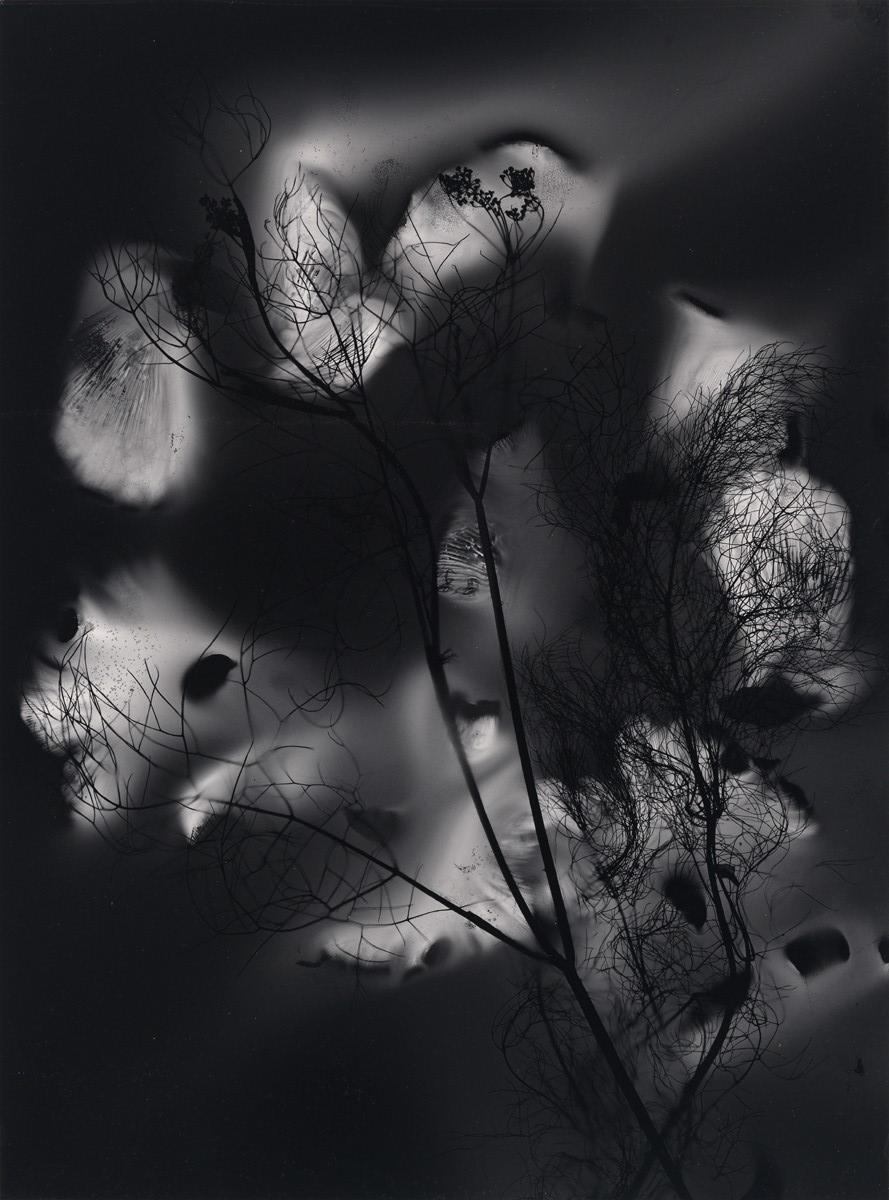

Foraged: Kitchen Garden Herbaria
What were early modern attitudes toward mushrooms?
People in the Renaissance were skeptical of mushrooms. Were they fit to eat, they wondered?
Like many of us today who don’t know the good from the dangerous mushroom, they feared poisoning.
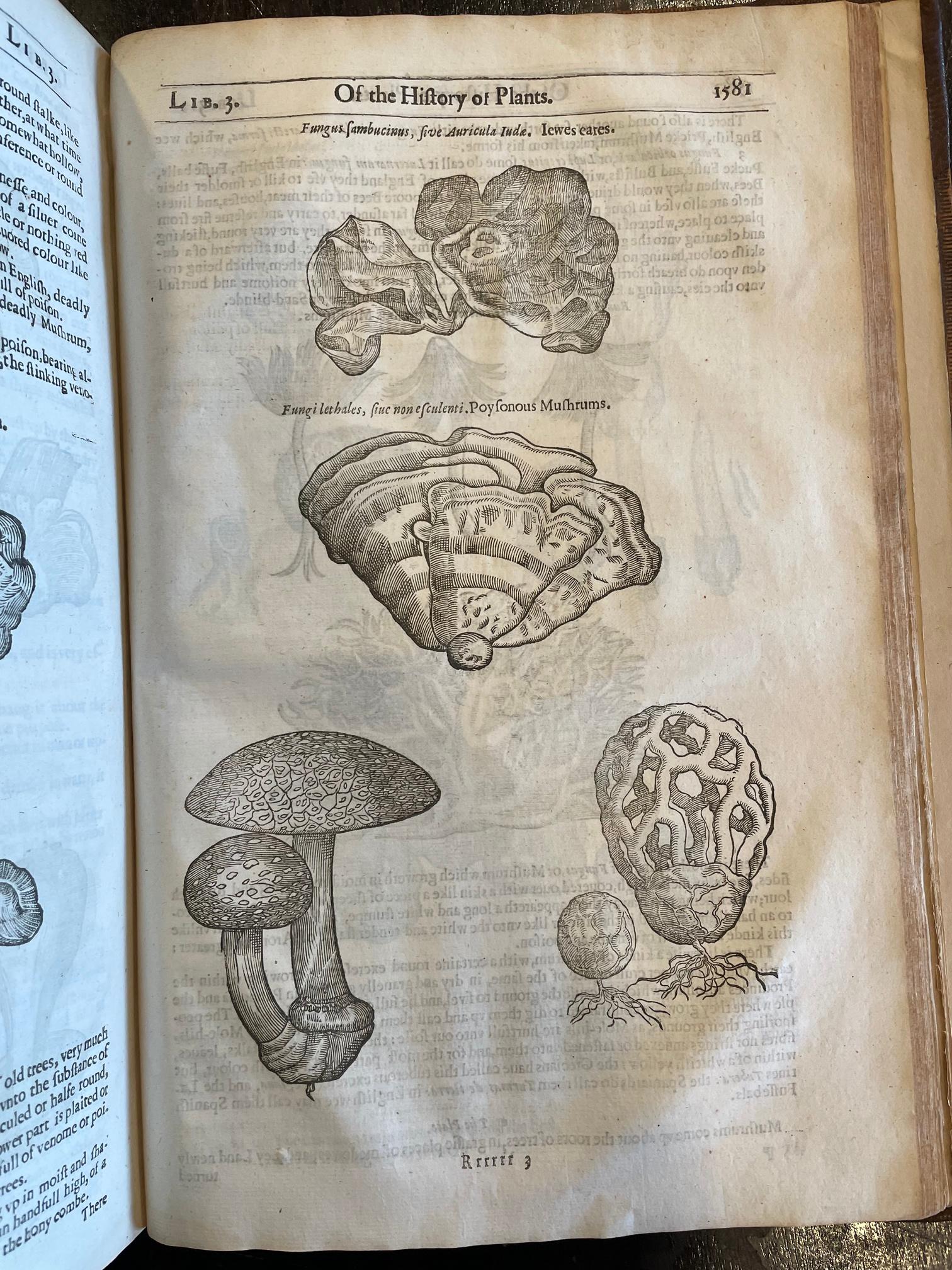
What were early modern attitudes toward mushrooms?
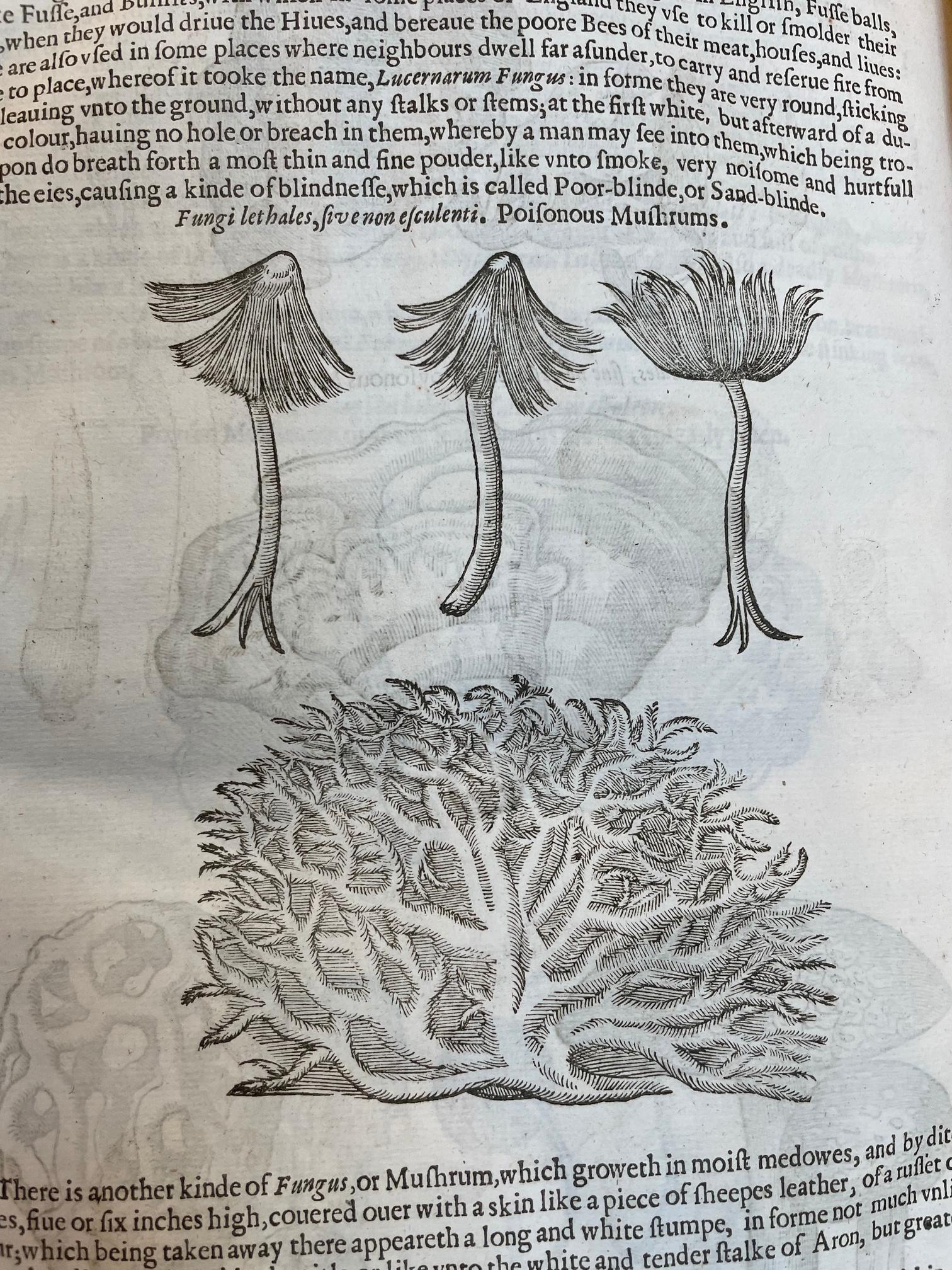
In the Herbal (1633), John Gerard, refers to mushrooms as “earthie excrescences” and connects them to rot and filth. This association likely came from the “dankish” environments or “rotten bodies of trees” in which mushrooms appear.
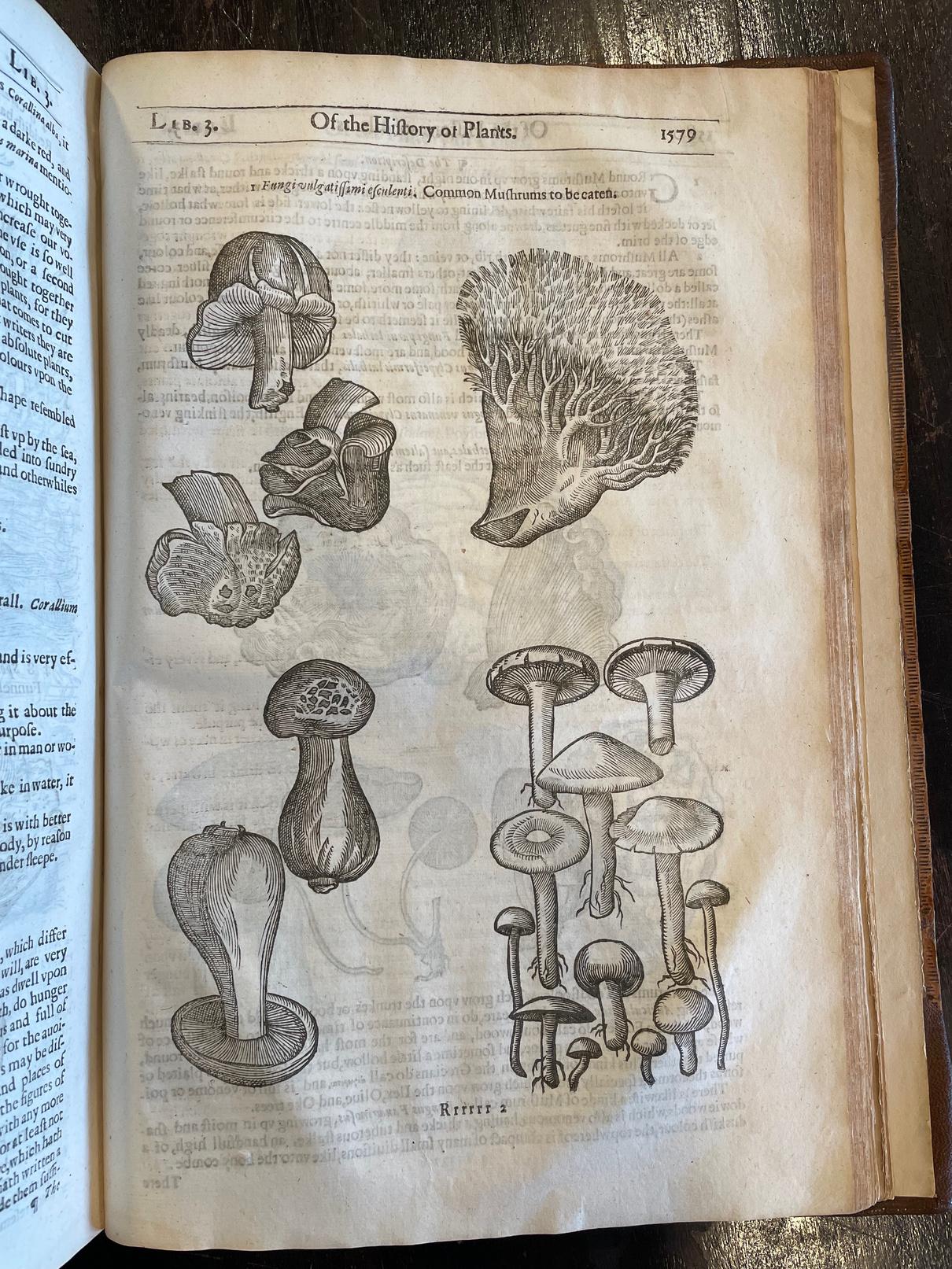
What were early mo toward mushr
It wasn’t until the latte 17th century that recip mushrooms appear in manuscript cookery b then, mushrooms wer closely associated with decadence--of France
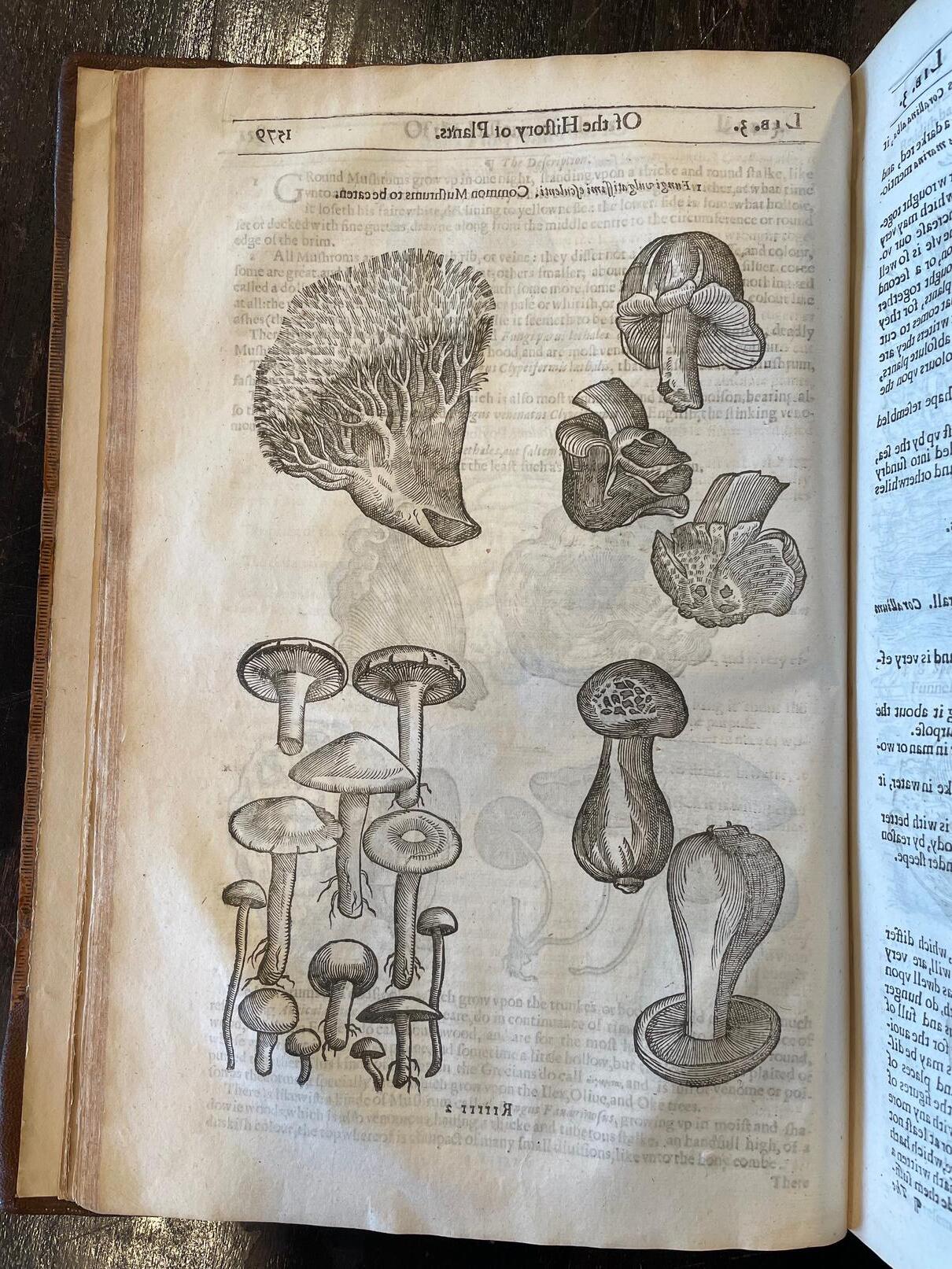
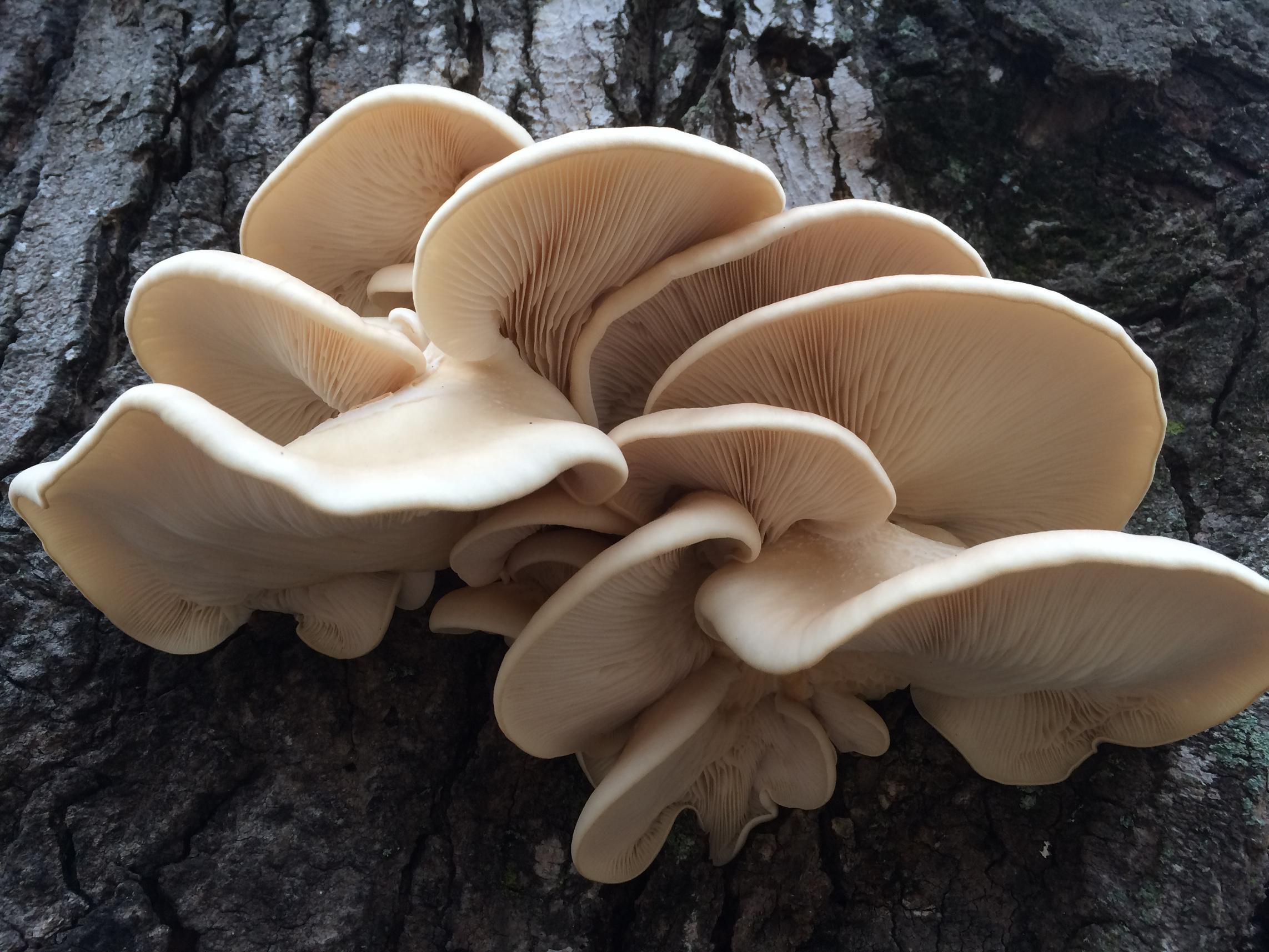
Did early modern people forage?
The word ‘forage’ evolved during the early modern period.
In the late-16th century, it referred to fodder for horses and cattle.

Did early modern people forage?
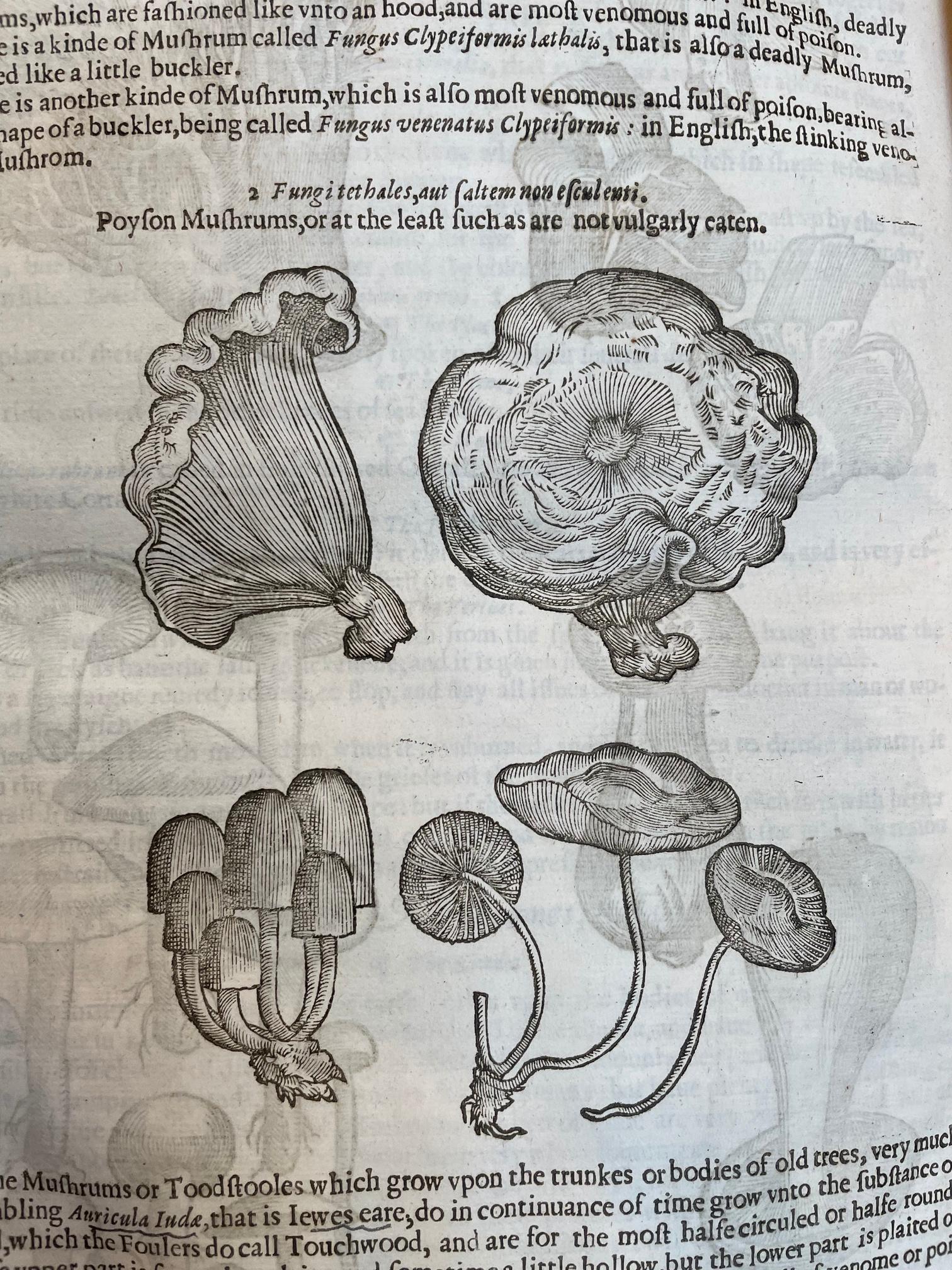
By the mid-17th century 'forage' still referred to food for horses and cattle but took a more specific war-time context. To forage, at this time, meant gathering provisions for animals while fighting wars abroad.
Did early modern people forage?
It was not until the early-18th century that ‘forage’ takes on its more familiar, modern meaning: to rummage or hunt about for provisions for humans, dropping the war-time context.

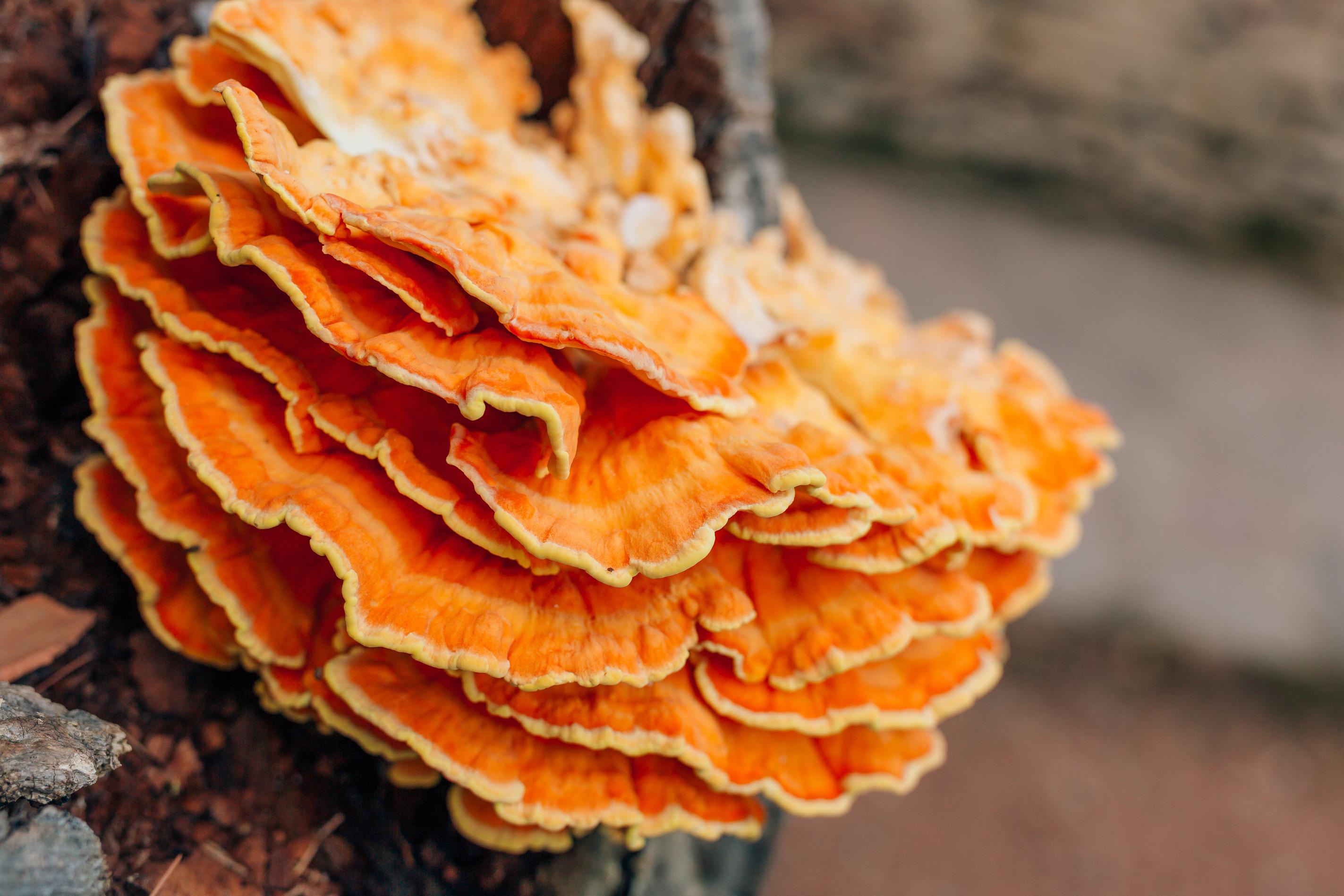
Are mushrooms included in herbaria?
The oldest herbarium in existence is believed to be the collections of Gherardo Cibo, a student of by Luca Ghini, in Bologna, Italy, dating from around 1532. There are now around 3,000 herbaria in over 165 countries with an estimated 350 million specimens. The fungal herbarium includes more than 58,000 of mushrooms.
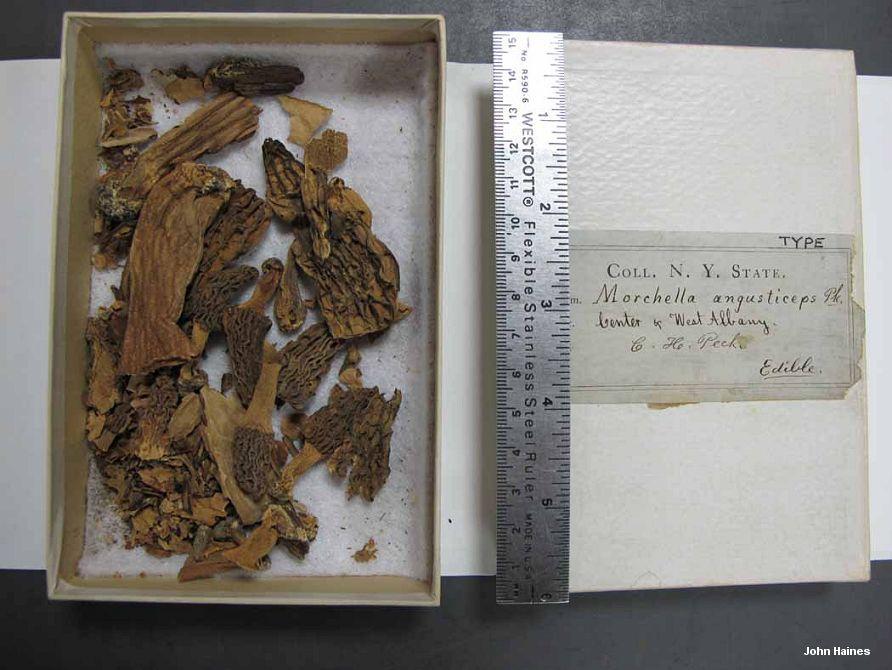
Marcella angusticeps, New York State
Inocybe variabillima,
New York Botanical
Garden Herbarium
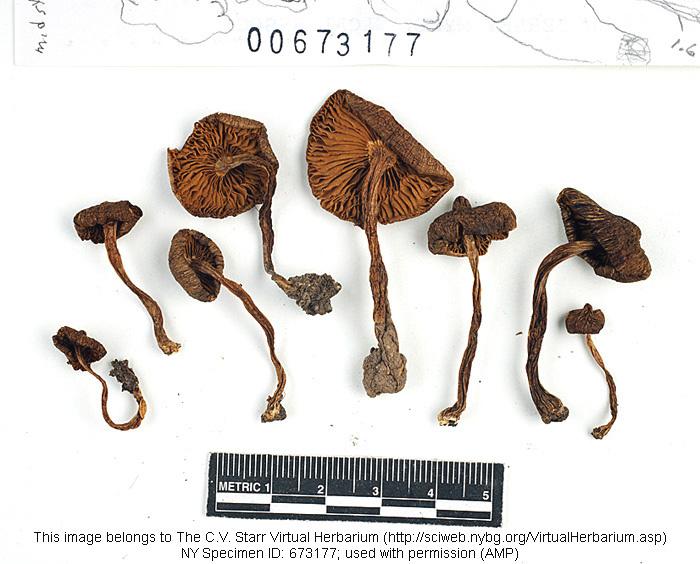
Do you remember the first time you saw a mushroom in the wild?
Where were you and what did you think?
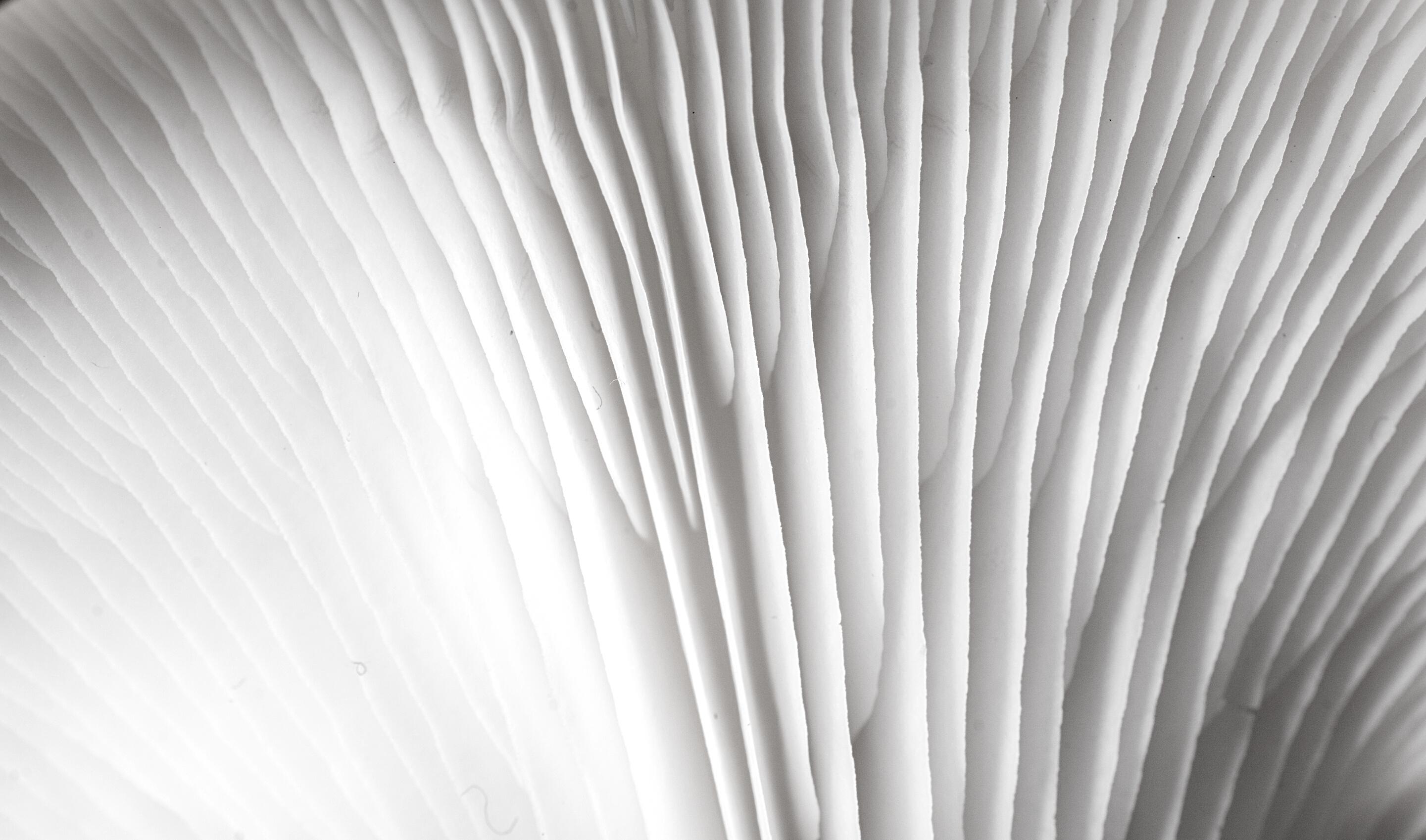
The University of Massachusetts-Amherst occupies the traditional homelands of the Nolwottog or Nonotuck Nation.
